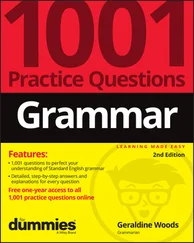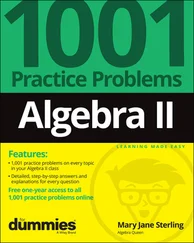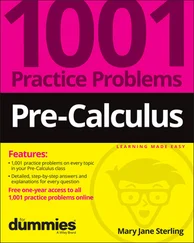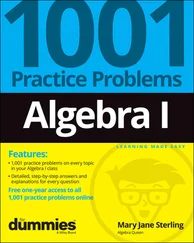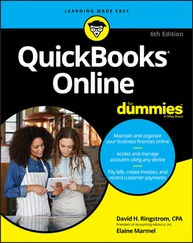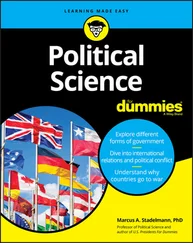My second assumption is that you’re currently taking or have in your life at some point taken an algebra course, even if you feel like it’s all a blur. Now, I wish I could tell you that algebra isn’t very important on the SAT — oh, a mere trifle, hardly a thought. But this would be like saying you can play NFL football without getting rushed at by a bunch of 250-pound guys trying to pulverize you. It just ain’t so.
But don’t worry — this book is all about the blur and, more importantly, what lies beyond it. Read on, walk through the examples, and then try out the practice problems at the end of each chapter. I can virtually guarantee that if you do this, the stuff will start to make sense.
In this book, I use these four icons to signal what’s most important along the way:
 This icon points out important information that you need to focus on. Make sure you understand this information fully before moving on. You can skim through these icons when reading a chapter to make sure you remember the highlights.
This icon points out important information that you need to focus on. Make sure you understand this information fully before moving on. You can skim through these icons when reading a chapter to make sure you remember the highlights.
 Each example is a formal SAT-style question followed by a step-by-step solution. Work through these examples and then refer to them to help you solve the practice problems at the end of the chapter.
Each example is a formal SAT-style question followed by a step-by-step solution. Work through these examples and then refer to them to help you solve the practice problems at the end of the chapter.
 Tips are hints that can help speed you along when answering a question. See whether you find them useful when working on practice problems.
Tips are hints that can help speed you along when answering a question. See whether you find them useful when working on practice problems.
 This icon flags common mistakes that students make if they’re not careful. Take note and proceed with caution!
This icon flags common mistakes that students make if they’re not careful. Take note and proceed with caution!
In addition to what you’re reading right now, this book comes with a free access-anywhere Cheat Sheet that includes tips to help you prepare for the math sections of the SAT. To get this Cheat Sheet, simply go to www.dummies.com and type SAT Math For Dummies Cheat Sheetin the Search box.
You also get access to three full-length online practice tests. To gain access to the online practice, all you have to do is register. Just follow these simple steps:
1 Register your book or ebook at Dummies.com to get your PIN (go to www.dummies.com/go/getaccess ).
2 Select your product from the drop-down list on that page.
3 Follow the prompts to validate your product, and then check your email for a confirmation message that includes your PIN and instructions for logging in.
If you do not receive this email within two hours, please check your spam folder before contacting the Technical Support website at http://support.wiley.com or by phone at 877-762-2974.
Now you’re ready to go! You can come back to the practice material as often as you want — simply log on with the username and password you created during your initial login. No need to enter the access code a second time.
Your registration is good for one year from the day you activate your PIN.
This book is organized so that you can safely jump around and dip into every chapter in whatever order you like. You can strengthen skills you feel confident in or work on those that need some attention.
If this is your first introduction to SAT math, I strongly recommend that you start out by reading Chapter 1. There, you find some simple but vital SAT-specific information that you need to know before you sit down with pencil in hand to take the test.
If you’d like to start out by getting a sense of how ready you are for the SAT, skip forward to Chapter 16and take a practice test. When you’re done, check out Chapter 17to see how many questions you got correct, and to read through the answer explanation for every question you got wrong.
However, if it’s been a while since you’ve taken a math course, read Chapter 2, which covers the pre-algebra math-skills you need to know before you proceed to the more difficult math later in the book. Chapters 3and 4, which cover algebra expressions and equations, can get your math brain moving again, and you may find that a lot of this stuff looks familiar as you go along.
Finally, if you read through a few chapters and feel that the book is moving more quickly than you’d like, go ahead and pick up my earlier book, Basic Math & Pre-Algebra For Dummies (John Wiley & Sons). There, I adopt a more leisurely pace and spend more time filling in any gaps in understanding you may find along the way.
Part 1
Getting Started with SAT Math
IN THIS PART …
Knowing SAT basics, including strategies for maximizing your score
Reviewing important pre-algebra concepts you may have forgotten
Chapter 1
IN THIS CHAPTER
 Knowing how the SAT math test is organized
Knowing how the SAT math test is organized
 Getting familiar with the Reference formulas provided on the first page of every math test
Getting familiar with the Reference formulas provided on the first page of every math test
 Understanding how to enter answers to gridded-response questions
Understanding how to enter answers to gridded-response questions
 Identifying the math topics tested on the SAT
Identifying the math topics tested on the SAT
 Knowing some basic SAT math strategies
Knowing some basic SAT math strategies
 Coming up with a basic plan of action for getting the SAT math score you need
Coming up with a basic plan of action for getting the SAT math score you need
SAT math — what joy, what utter bliss!
Well, all right — back on Earth, you probably have some work to do before you reach this stage. I promise to do everything in my power to make your study time as painless and productive as possible. All I ask is that you trust in yourself: You already know more than you think you do.
If you’ve taken (or are currently taking) algebra in school, much of this book may seem like review. The task at hand is to focus your work on the skills you need to get the best SAT score you can. So in this chapter, I give you a basic overview of SAT math, including scoring, calculator use, and how to enter gridded-response questions into the grid.
I also give you a bit of essential SAT math strategy that every student needs to know. I encourage you to think about your goal for the next SAT based on the level you’re currently working at.
Finally, I present three SAT success stories, in which three very different students who set and reached different SAT goals got into the colleges that they were aiming for.
Читать дальше
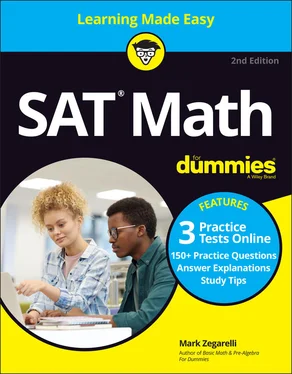
 This icon points out important information that you need to focus on. Make sure you understand this information fully before moving on. You can skim through these icons when reading a chapter to make sure you remember the highlights.
This icon points out important information that you need to focus on. Make sure you understand this information fully before moving on. You can skim through these icons when reading a chapter to make sure you remember the highlights. Each example is a formal SAT-style question followed by a step-by-step solution. Work through these examples and then refer to them to help you solve the practice problems at the end of the chapter.
Each example is a formal SAT-style question followed by a step-by-step solution. Work through these examples and then refer to them to help you solve the practice problems at the end of the chapter. Tips are hints that can help speed you along when answering a question. See whether you find them useful when working on practice problems.
Tips are hints that can help speed you along when answering a question. See whether you find them useful when working on practice problems. This icon flags common mistakes that students make if they’re not careful. Take note and proceed with caution!
This icon flags common mistakes that students make if they’re not careful. Take note and proceed with caution! Knowing how the SAT math test is organized
Knowing how the SAT math test is organized